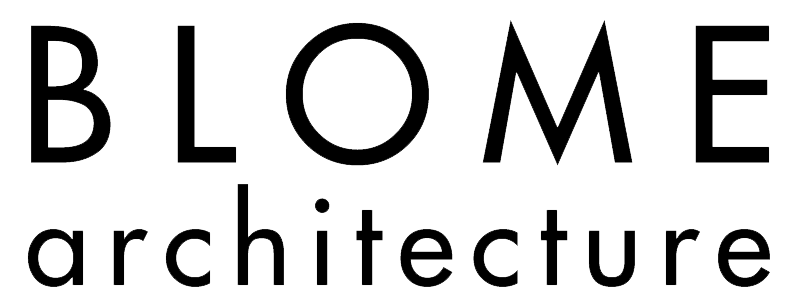What does it look like?
Here is a simple summary of what a client will get during the development of a project in terms of deliverables
2D - These are the drawings that would normally be printed. PDF is the standard format. As a client, you will get pdf versions of all the drawings. These will also be forwarded to the contractors for their use in bidding and construction.
3D - There are several options for viewing the model. This is a rapidly changing area of software development so the exact tools will evolve. Currently:
Native Revit - All project development, both 2D and 3D is completely created in Revit. On screen viewing is provided during zoom meetings, and your project can be posted online for viewing and wandering around outside and inside the house.
Live model - In addition to viewing the project in Revit, we use a high end architectural visualization package that is specific for creating a complete environment with conceptual landscaping. Based on gaming software it requires special hardware to run. Using this software, we can easily walk around outside and inside the house. Please note that this is within the standard scope of services if desired, not a premium service.
Photorealistic rendering - Within reason, this can be provided within the normal workflow. However, highly developed renderings require highly developed models, an effort that is only useful for this kind of visualization. The Revit model is exported to one or several rendering development environments. The end result can be quite stunning.
3D summary - In working in 3D, there is a cost-benefit issue where more detail requires more time. How useful is the 3D information to the intended user? To a great extent, much of the required detail is automatic and/or in the normal workflow. We try to find that appropriate balance on all projects to fit the client and project needs.
VR - Google cardboard is a weird option that some clients find useful. Meta Quest is also an option.
